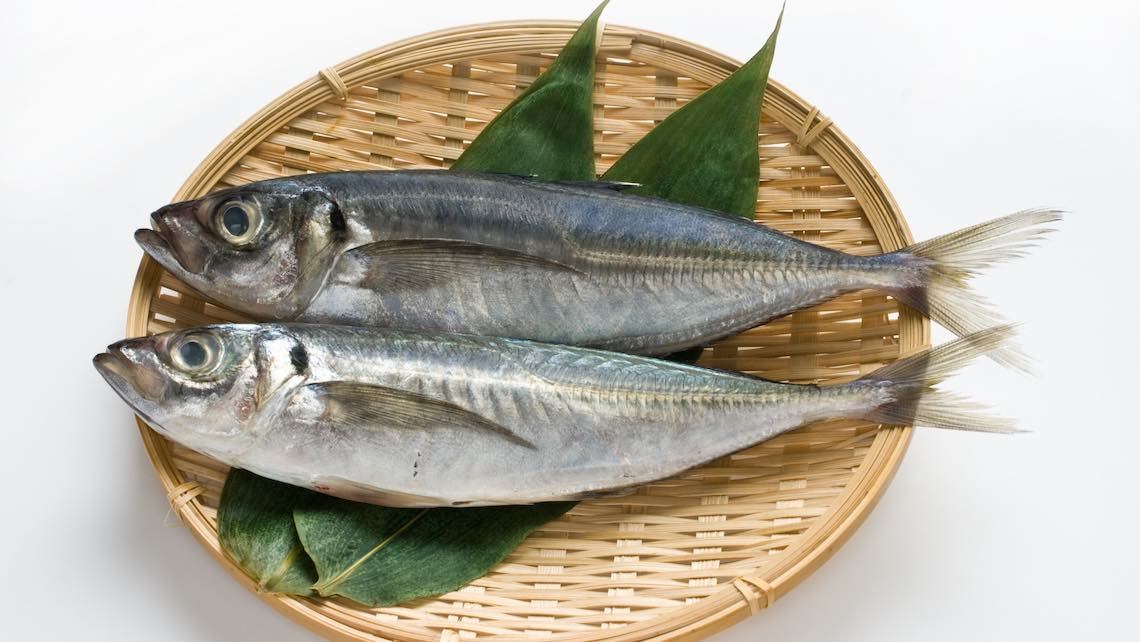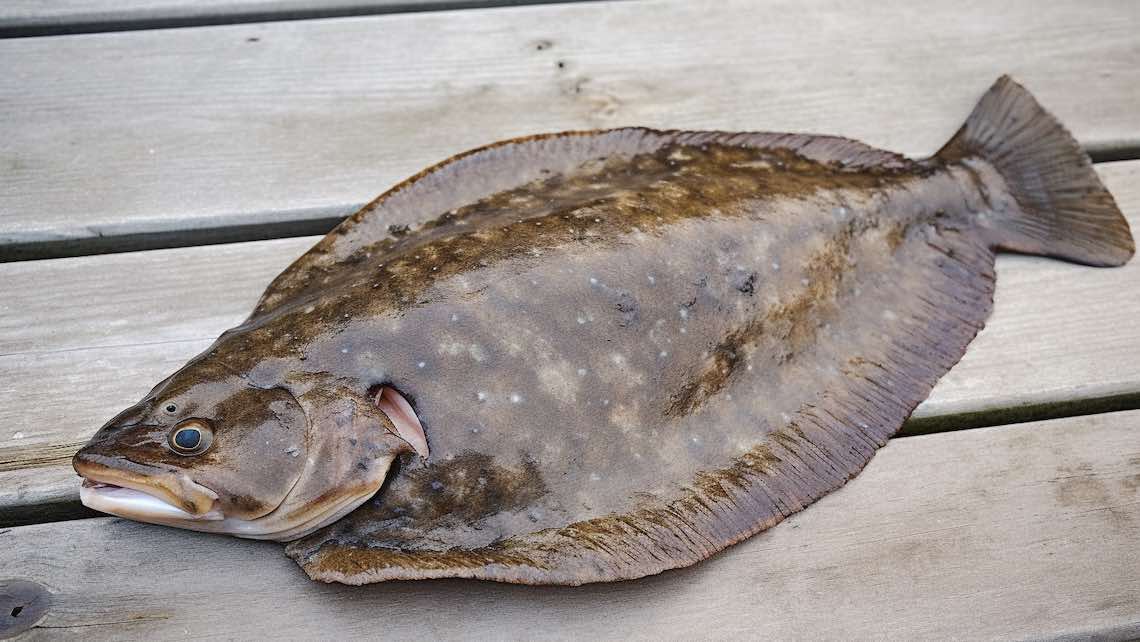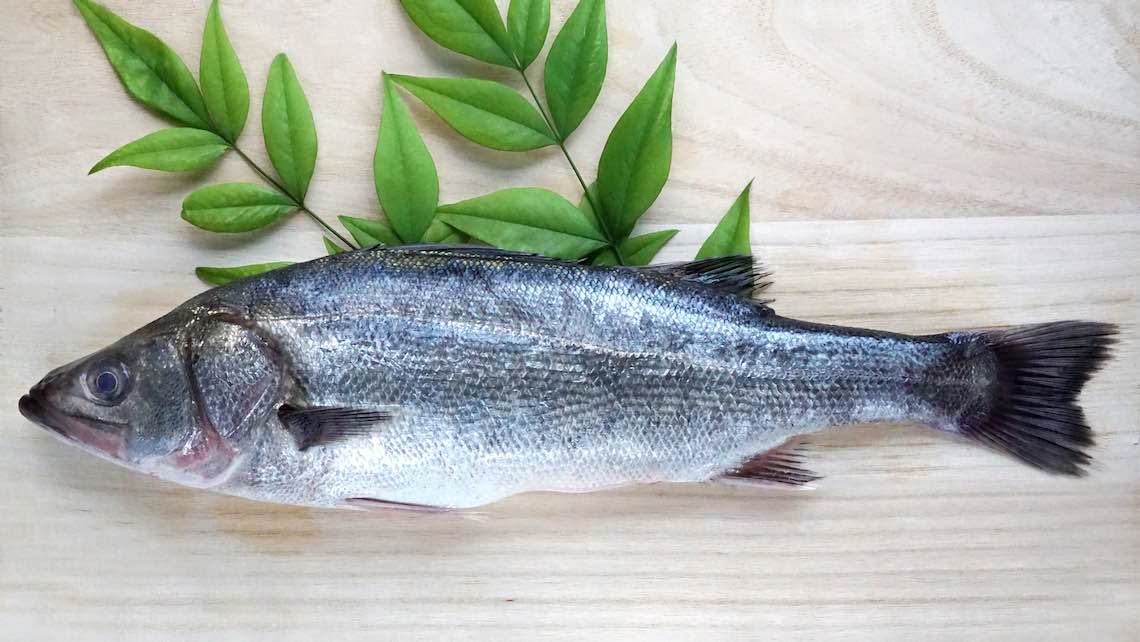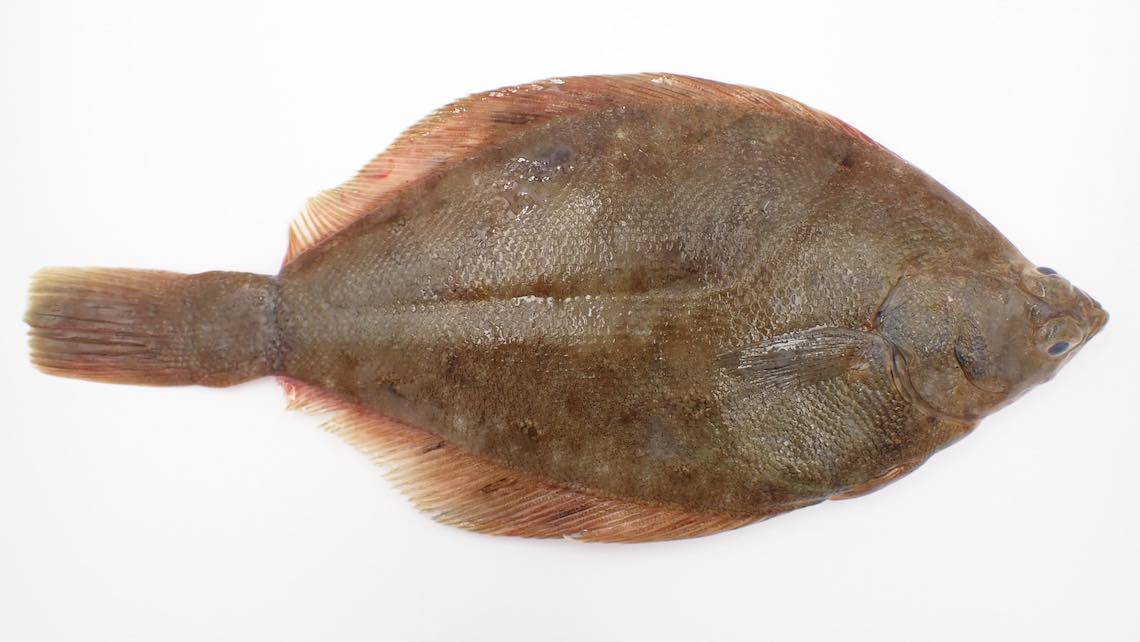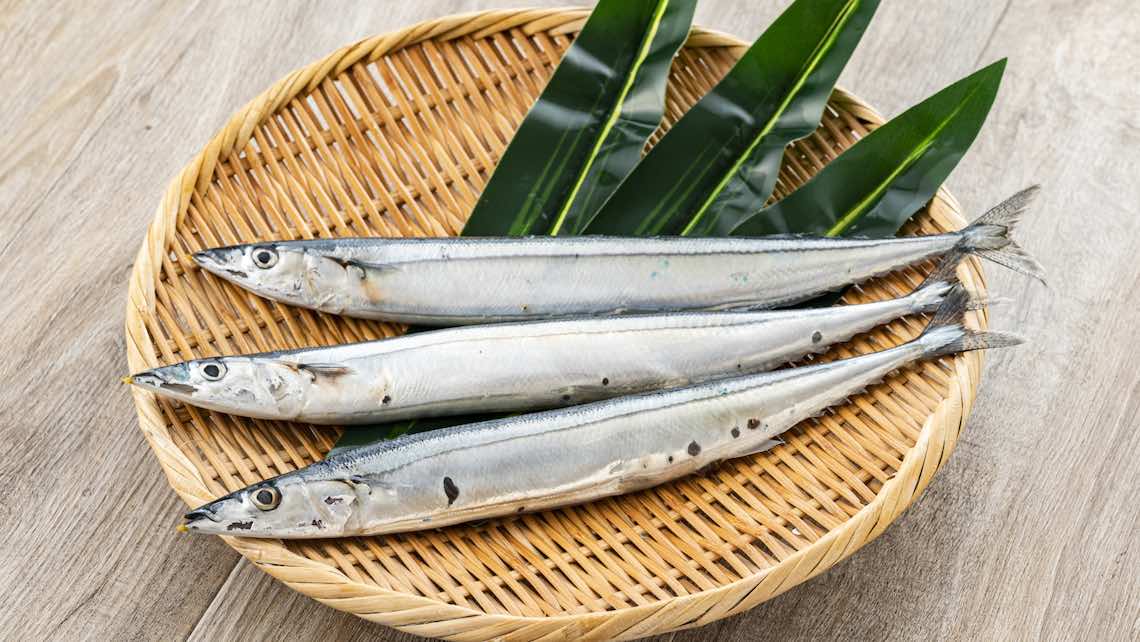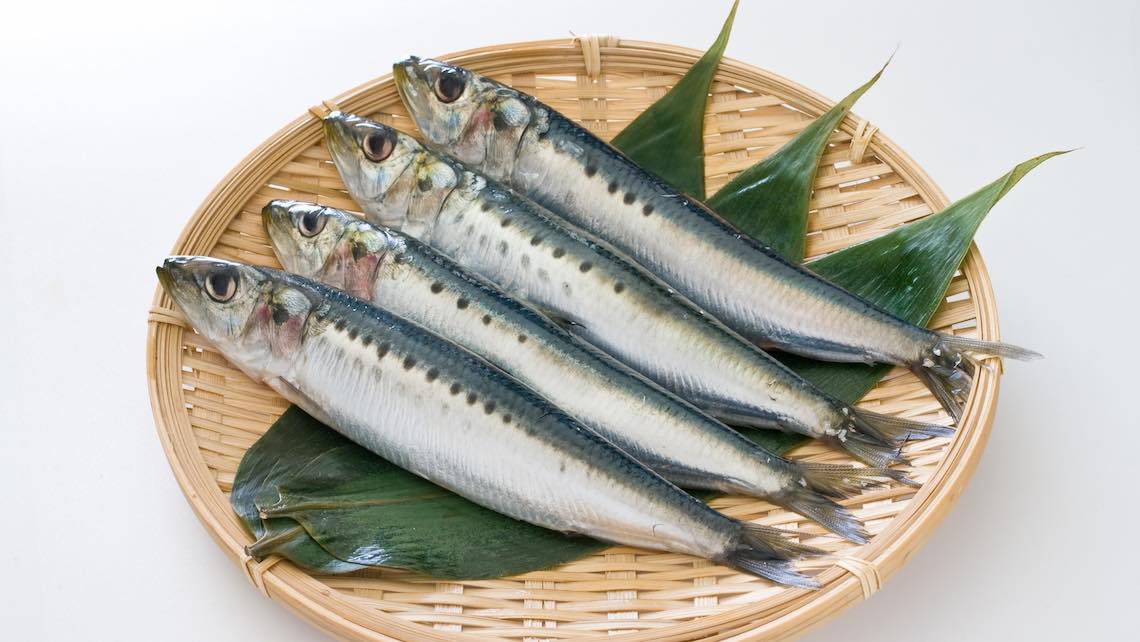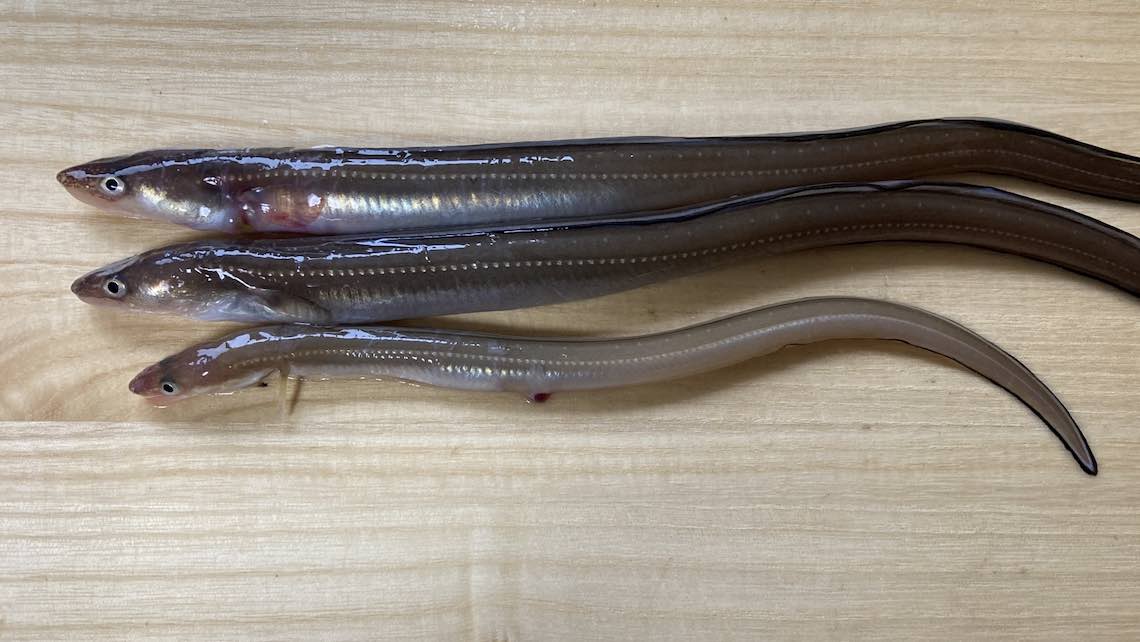Striped Jack [Shima-Aji]

Japanese Name and Pronunciation:

[shimaaji]
Striped jack, also known as “shima-aji” in Japanese, is a popular fish in Japanese cuisine. The name “striped jack” comes from its distinct striped pattern along its body, which is characterized by alternating dark and light bands.
Striped jack, known as “shima-aji” in Japanese, is available year-round as it is also cultivated through aquaculture. However, its peak season is from summer to early autumn when it reaches its prime fattiness in preparation for the winter spawning period.
In terms of flavor and texture, striped jack has a delicate and mild taste with a slightly sweet undertone. Its flesh is tender, succulent, and has a firm yet flaky texture. This combination of flavors and textures makes it a versatile ingredient in various Japanese dishes.
In Japanese cuisine, striped jack is commonly enjoyed in both raw and cooked forms. One of the most popular preparations is “sashimi,” where thin slices of raw striped jack are served with soy sauce and wasabi. The freshness and delicate flavor of the fish are highlighted in this dish.
Striped jack is also commonly used in sushi, either as nigiri (slices of fish served over a small bed of rice) or as a filling in makizushi (rolled sushi). Its mild flavor pairs well with the vinegared rice and other ingredients, creating a harmonious balance of taste.
Additionally, striped jack is often grilled or broiled, either as a whole fish or as fillets. The high oil content in its flesh contributes to a rich and flavorful dish when cooked. It can be seasoned with simple ingredients like salt and pepper or marinated in soy sauce-based sauces to enhance its natural flavors.
![Striped Jack Sushi [Shima-Aji]](https://itadakimasu-japan.com/wp-content/uploads/2023/07/shimaaji_sushi-320x180.jpg)

